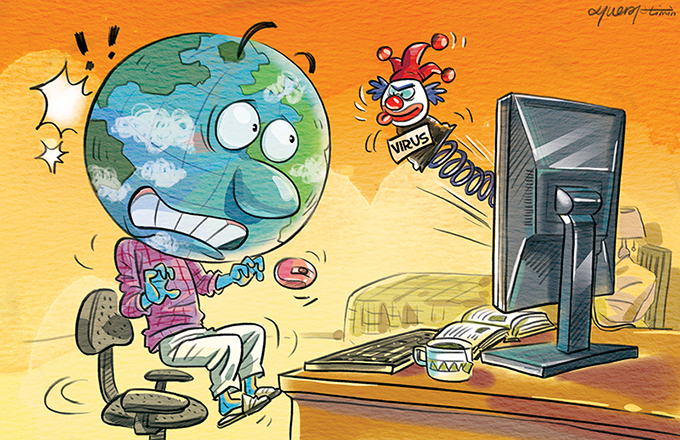China's interest rate challenge
The adverse effects of financial repression in China are reflected primarily in its economic imbalances. Low interest rates on deposits encourage savers, especially households, to invest in fixed assets, rather than keep their money in banks. This leads to overcapacity in some sectors - reflected in China's growing real estate bubble, for example - and underinvestment in others.
More important, financial repression is contributing to a widening disparity between State-owned enterprises (SOEs) and small and medium-size enterprises (SMEs), with the former enjoying artificially low interest rates from commercial banks and the latter forced to pay extremely high interest rates in the shadow-banking system (or unable to access external financing at all).
Interest-rate liberalization - together with other financial reforms -would help to improve the efficiency of capital allocation and to optimize the economic structure. It might also be a prerequisite for China to deepen its financial markets, particularly the bond market, laying a solid foundation for floating the renminbi's exchange rate and opening China's capital and financial accounts further - a precondition for the renminbi's eventual adoption as an international reserve currency.
SMEs and households with net savings stand to gain the most from interest-rate liberalization. But financial repression's "winners"- commercial banks and SOEs - will face new challenges.
Under the current system, the fixed differentials between interest rates on deposits and those on loans translate into monopolistic profits for commercial banks. (The 3 percentage-point differentials that Chinese banks have enjoyed are roughly on par with those of their developed countries' counterparts.) By creating more competition for interest income and reducing net interest-rate differentials, liberalized interest rates could reduce banks' profitability, while SOEs will likely suffer the most owing to much higher financing costs.
Another major risk of interest-rate liberalization in China stems from rising public debt, particularly local-government debt, which has grown significantly in the wake of the global financial crisis. A key parameter for determining the long-run sustainability of public debt is the gap between interest rates and the nominal GDP growth rate. In China, total public debt currently amounts to roughly 60-70 percent of GDP - a manageable burden. But, after interest rates are liberalized, the public sector's debt/GDP ratio is expected to increase substantially.
Given these challenges, China's leaders must take a cautious approach to interest-rate liberalization. Gradual implementation would enable the losers to adjust their behavior before it is too late, while sustaining momentum on pivotal reforms, which should be policymakers' top priority. After all, as Premier Li Keqiang has put it, "reforms will pay the biggest dividend for China."
The author is chief of the Global Economic Monitoring Unit of the United Nations Department of Economic and Social Affairs.
Project Syndicate
(China Daily 05/31/2013 page9)



















